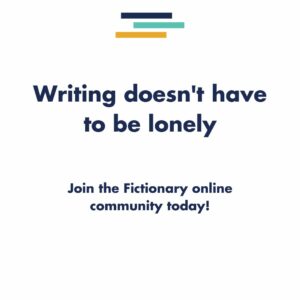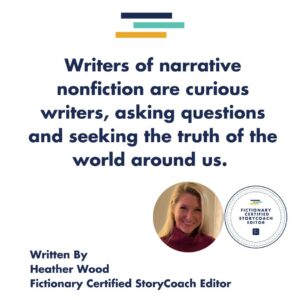
Increased curiosity about the world around us is driving readers to pick books in a growing genre of narrative nonfiction.
Narrative nonfiction is an umbrella term for true stories told in a way that feels as entertaining as fiction. With the rise in true-crime podcasts and documentaries, audiences and readers are consuming more stories that reveal true events and people, however they are still interested in the value of a good story.
A narrative nonfiction story has all those traditional elements a reader might find in fiction including:
- A strong protagonist with a goal,
- A narrative arc, and;
- Stakes for the story.
The difference between narrative nonfiction and traditional fiction is that narrative nonfiction must be true. So, what makes narrative nonfiction different than all the other nonfiction writing?
The answer lies in the way the story is told.
Narrative nonfiction shows a reader actual events, allowing them to be transported out of their own reality and into another.
The techniques for bringing a reader into the story is much like fiction by creating strong setting and appealing to the reader’s senses through descriptive imagery. By using fiction writing techniques, a writer moves away from the journalistic telling of facts and toward the fictional showing of experiences.

Consider the following example of setting from Into the Wild, by Jon Krakauer
“On the northern margin of the Alaska Range, just before the hulking ramparts of Mt. McKinley and its satellites surrender to the low Kantishna plain, a series of lesser ridges, known as the Outer Range, sprawls across the flats like a rumpled blanket on an unmade bed.”
—Jon Krakauer, Into the Wild
This passage reveals setting in a way that mimics fiction.
Words such as hulking and surrender create tone and tension, and the phrasing of a rumpled blanket on an unmade bed goes beyond the reporting of facts and shows the reader setting with metaphoric description.
Krakauer is clearly offering the reader an experience beyond fact, and the result is a deeper connection to the story of the young man lost in the wilds of Alaska.
Consider the following example of character description from The Devil in the White City, by Erik Larson.
“Together he and his architects had conjured a dream city whose grandeur and beauty exceeded anything each singly could have imagined. Visitors wore their best clothes and most somber expressions, as if entering a great cathedral. Some wept at its beauty. They tasted a new snack called Cracker Jack and a new breakfast food called shredded wheat.”
—Erik Larson, The Devil in the White City
This passage adds tone and emotion to the description of the characters.
The word “conjure”, shows the power this man has to make this dream city appear as if by magic.
The visitors’, “somber expressions, as if entering a great cathedral,” implies the reverence of people who come to see this man’s works. The language shows more than it tells, and in this showing, we see the difference between narration and fact.
Other Elements of Good Story
Aside from the artistry in the language, narrative nonfiction must reveal a narrative arc, much like fiction. To find more information on what narrative nonfiction is, read Kristina Stanley’s article here https://temp-fictionary.flywheelstaging.com/journal/what-is-narrative-non-fiction/
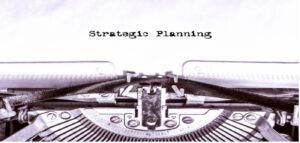
Where Do Writers Find Stories?
For writers of narrative nonfiction, finding a true story that lends itself to the structure used by fiction writers may pose a challenge.
Writers can find stories through careful research.
With so much information available today on the internet and through other mediums, a writer will need to vet and verify which sources are reliable authorities for their stories.
Reading widely in news forums
This is another way to gain the story sense many journalists rely on to find their next project. Writers seeking a topic in this way might follow their interests as they move through various forms of media before finding a story idea.
Being tuned into conversations in their daily lives is also important for writers who are looking for an idea for narrative nonfiction. People tell stories everyday of:
- Their families,
- Their cities, and;
- Their cultures.
And within these conversations a writer might find unique inspiration for their next work.
Some writers will find that following their passions outside of writing lead them to unexpected stories.
Consider Trevor Corson, author of The Secret Life of Lobsters
Corson lived and worked for two years on a fishing boat off the coast of Maine to research his book.
As a journalist and award-winning writer of narrative nonfiction, Corson immersed himself in the life of a commercial fisherman to find an authentic story about the little-known habits of these marine crustaceans.
What began as a centerpiece article in The Atlantic Monthly, eventually became an award-winning book of narrative nonfiction.
Consider Nathaniel Philbrick, author of In the Heart of the Sea
Nathaniel Philbrick, a journalist, and best-selling author of narrative nonfiction also found intrigue in the sea.
In his book, In the Heart of the Sea, Philbrick pieces together the story of the tragedy of the whaleship Essex. By sourcing documents from Nantucket on the crew’s background and using modern scientific studies to imagine a realistic scenario of trials and relationships of these men, Philbrick was able to deliver an authentic and engaging story of their suffering at sea.
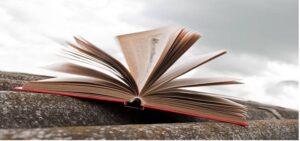
Research is Important
Research for any book claiming to be nonfiction is important, as this genre is a promise of truth to the reader.
While narrative nonfiction seeks to entertain, the writer also shoulders the responsibility of offering the reader a trusted source of information. Journalists are trained in research for their writing, so it makes sense many journalists turn to narrative nonfiction when seeking to write in long form.
However, this genre is accessible to any writer with:
- A good story idea,
- The proper research, and;
- Strong editing for a compelling story.
To find further information on editing narrative nonfiction, read https://temp-fictionary.flywheelstaging.com/journal/how-to-edit-a-narrative-nonfiction-book/
Conclusion
Writers of narrative nonfiction are curious writers, asking questions and seeking the truth of the world around us. More importantly, they are also answering those questions for readers with stories that make the engagement with our truth that much more entertaining.
Article Written by Heather Wood
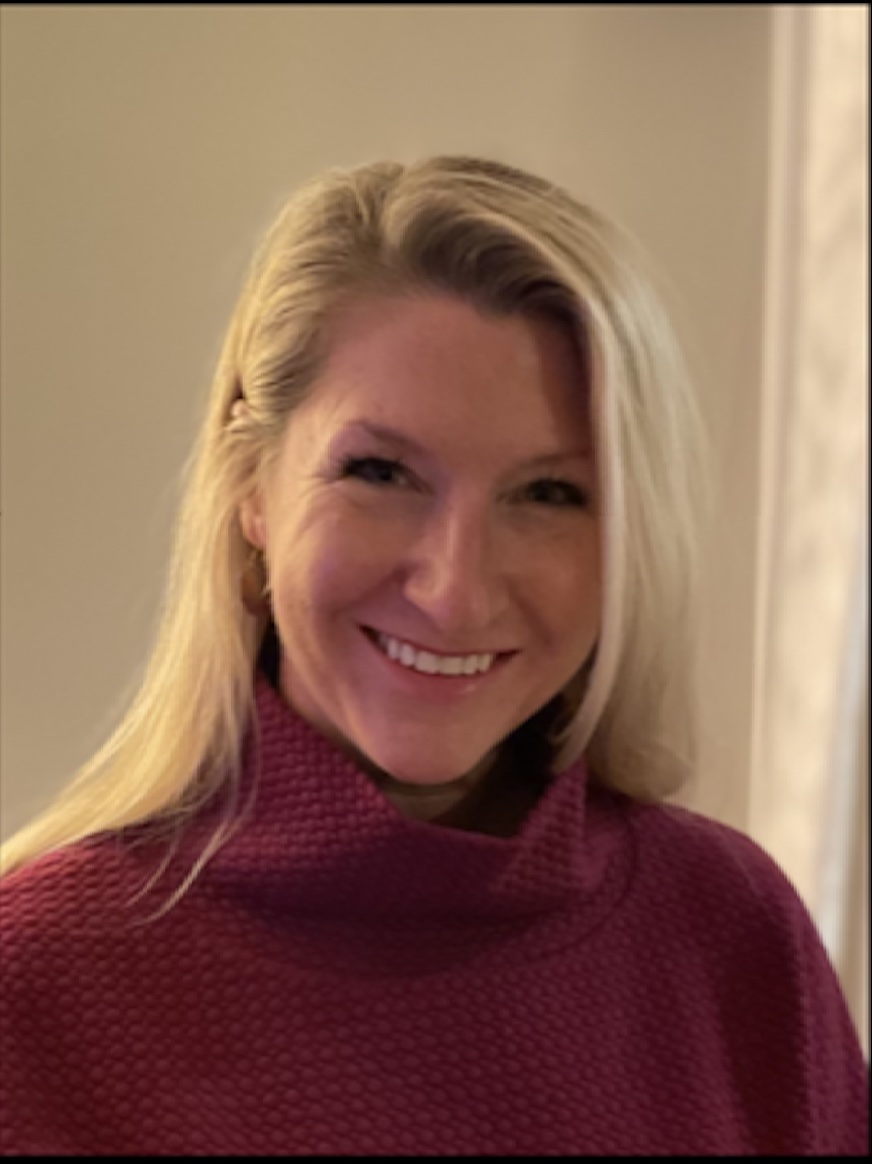 By combining my experience of teaching writing at the secondary level with a Fictionary StoryCoach Edit, I will help you strengthen your story while honoring the care and effort you have dedicated to your art.
By combining my experience of teaching writing at the secondary level with a Fictionary StoryCoach Edit, I will help you strengthen your story while honoring the care and effort you have dedicated to your art.
Want to be part of a writing and editing community with kindness at its heart?
Do you know about the free Fictionary community? We’re connecting writers and editors who all speak the same story editing language.
You’re most welcome to join.
- Connect with other writers and editors
- Get your editing questions answered by Fictionary Certified StoryCoach editors
- Access free, live editing classes presented by editing experts
- Learn about all things Fictionary: product updates, videos, webinars, best practices


